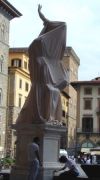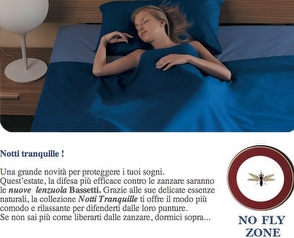 Giambologna’s virtuoso marble statue “Rape of a Sabine” may be the latest work to head indoors because of pollution.
Giambologna’s virtuoso marble statue “Rape of a Sabine” may be the latest work to head indoors because of pollution.
The powerful, writhing trio has been in the Loggia dei Lanzi next to Palazzo Vecchio since Giambologna laid down his chisel in 1583.
In 2001 (when I took this photo), restorer Alberto Casciani blasted the grime off using laser and tried several different “chemical shields” hoping to leave the statue in its original context, according to daily Il Corriere della Sera.
Every six months, the surface was checked for damage but the results haven’t been encouraging. Officials will decide whether to take the statue inside and leave a resin facsimile to face the elements in early 2008.
A big chunk of Florence’s statues has already headed indoors for protection, including the base of Benvenuto Cellini’s “Perseus” which Francesco I de’ Medici commissioned Giambologna to provide a counterpoint for in the loggia.
Critics are calling it a further example of the “museumification” of the city, but how much does this matter to the average visitor? Hard to say. The last time I was in Florence, a young foreign couple asked me how to get to Piazza della Signoria to see the “David.” I gave directions but pointed out that it was just a copy, Michelangelo’s original is in the Accademia. “Doesn’t matter, we just want to see one of them,” was the answer.




 These 100% cotton sheets impregnated with lemon and mint essence promise to keep some the most annoying pests out of your summer bed: mosquitoes.
These 100% cotton sheets impregnated with lemon and mint essence promise to keep some the most annoying pests out of your summer bed: mosquitoes. 
